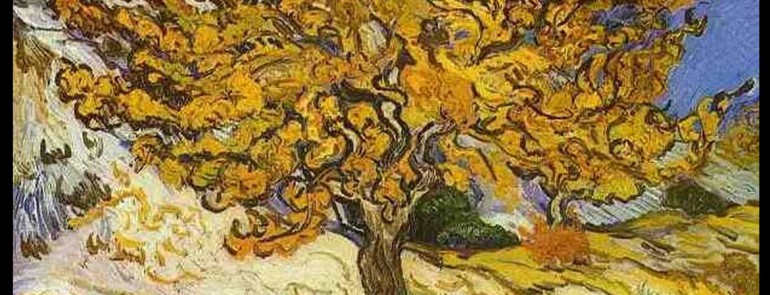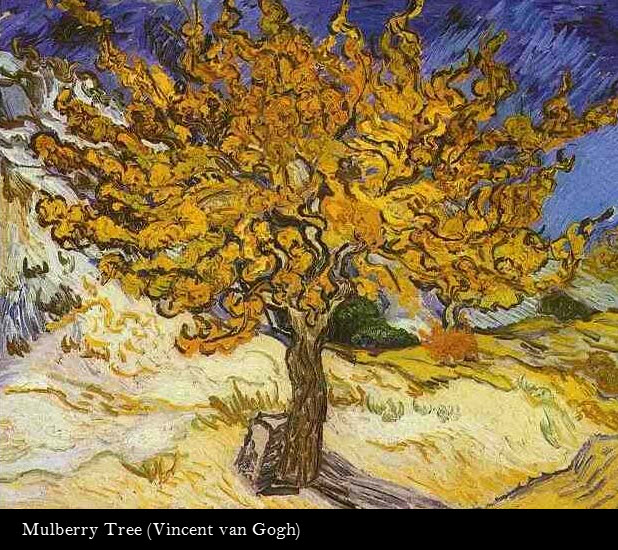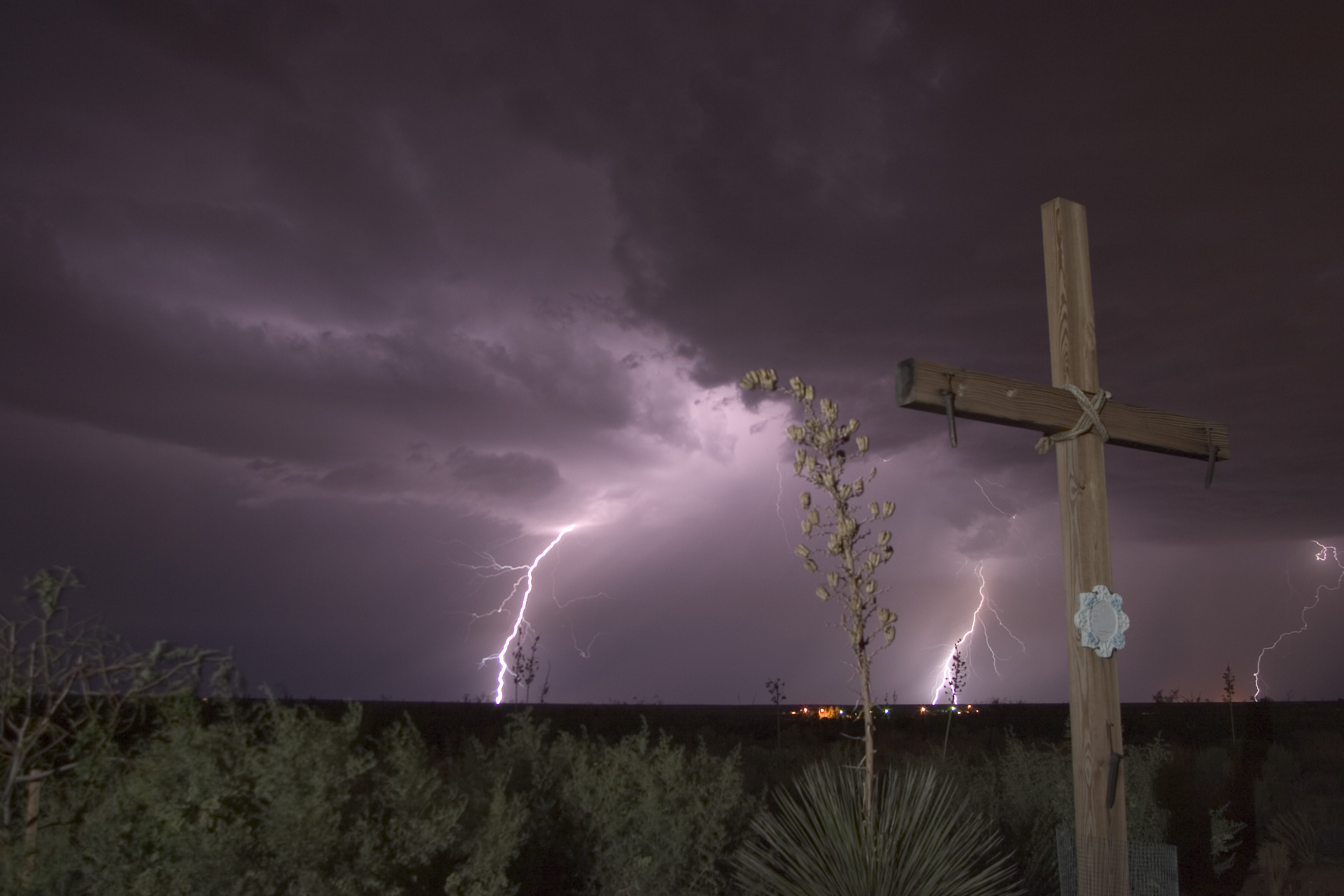Kingdomtide 2013
Gospel Reading: Luke 20:27-38
Some Sadducees, those who deny that there is a resurrection, came forward and put this question to Jesus, saying, “Teacher, Moses wrote for us, If someone’s brother dies leaving a wife but no child, his brother must take the wife and raise up descendants for his brother. Now there were seven brothers; the first married a woman but died childless. Then the second and the third married her, and likewise all the seven died childless. Finally the woman also died. Now at the resurrection whose wife will that woman be? For all seven had been married to her.” Jesus said to them, “The children of this age marry and remarry; but those who are deemed worthy to attain to the coming age and to the resurrection of the dead neither marry nor are given in marriage. They can no longer die, for they are like angels; and they are the children of God because they are the ones who will rise. That the dead will rise even Moses made known in the passage about the bush, when he called out ‘Lord, ‘ the God of Abraham, the God of Isaac, and the God of Jacob; and he is not God of the dead, but of the living, for to him all are alive.”
Reflection:
Living the Resurrection Now (by David Morrison)
An initial or shallow reading of this story often leads readers to conclude that we won’t recognize one another in heaven. The assumption is that this story is a commentary on the afterlife, which it is not. In the Jewish prophetic tradition, resurrection was seen as God’s working of ultimate mercy and justice on behalf of the oppressed over the imperial powers of the world. The most marginalized and impoverished will have things made right in the “coming age of Messiah,” which Jesus proclaimed as “arriving and here.”
Underneath the theological argument of the resurrection, Moses vs. the Prophets, and marital customs, Jesus is making a radical statement. In the ancient world, women were basically viewed as objectified property in the male-dominated culture. Jesus’s announcement of people of the resurrection “not marrying” was basically undermining the entire system in which women were oppressed. The story indicates that Jesus’ response was shocking to the Sadducees. Nancy Rockwell, in her article, “The Barren Woman at the Edge of Eternity,” observes quite insightfully:
“The men want to know, in Jesus’ resurrection, whose servant will this worthless woman be? For them it is academic: if she had borne sons, then in an eternal world she would belong to the father of her sons. For in their thought women are born to serve men, as long as there is life. In this world and the next, they reason, fruitfulness and fecundity are part of faithfulness. And this barren woman is unimaginable in eternity.” *
Furthermore, the “age of the resurrection” is one that completely dissolves the false image of a God that uses a “blessing and curse system” in which certain people are “blessed” because they have received children, prosperity, health, etc. while others are arbitrarily left out of that blessing or even cursed with tragedy. How often have churches participated in the “blessing/curse system” rather than the “resurrection age” by elevating married people over singles? By alienating people who suffer? By communicating that mothers are somehow more “ideally in the will of God,” than women without children? I think it can be argued that great wounding has done in many churches because of their over-celebration of Mother’s Day. Nancy Rockwell continues: “But entering church as a childless woman is harder, much harder. The culture is still so tilted toward fertility as fecundity, toward children as the fruit of the spiritual life, that other work, other interests, and other visions of church are treated as odd, if not as unwelcome.”
The reality of resurrection invites us to stop over-identifying ourselves with even our basic roles in life such as “mother” or “father” and to move into a deeper soul-identity as “beloved.” Jesus often stated that the “time that is coming” is also “now,” which means spiritual growth is really the work of releasing our over-identification with our roles in life, our accomplishments and failures, our reputation, and even our attachment to our own thinking. In the Gospel of John, Mary encounters the risen Jesus and falls at his feet as she was apt to do. Jesus strangely tells her to stop “clinging” to him. In other words, resurrection changes the nature of every relationship. Mary had an incredible relationship with Jesus before: often “sitting at his feet.” At the advent of his resurrection, she could no longer “cling” to what was and follow him into what was changing. In other words, the living Christ would no longer be available to be physically embraced, because he would be living inside of her heart in an even greater, spiritual intimacy. And so it is with anyone who finds him or herself drawn toward that “burning bush,” illuminated by the God of the living.
Prayer:
Let me see You
(by David Morrison)
O Lord, no man can see your face and live, but no man can live unless he sees Your face. Let me see Your face and die; and it will no longer be I who lives, but Christ Jesus who lives in me. Purify my heart that I may see you on this side of eternity. Let me gaze into the eyes of the glorified Son, and let His eyes of flame pierce my inward being; and let all that is in the Son of God’s heart enter into my eyes and into my soul.
*Click here to read Nancy Rockwell’s article, “The Barren Woman at the Edge of Eternity.”





Awesome thoughts to think on David. Thanks for posting these.
Thanks, Greg.